St Cuthberts Mill Paper
Call or email:
+44 (0)1749 672015
sales@stcuthbertsmill.com
St Cuthberts Mill Paper
Watercolour
Printmaking
Digital Fine Art
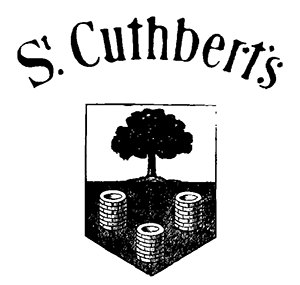
Explaining the Meaning of Our Icons
Ever wondered what the icons on our packaging mean?
The sets of icons on our papers have a valuable meaning. Here’s what they all mean, and what it means to artists to help you choose your perfect paper.
 | 100% Cotton | The paper contains 100% cotton. The cotton we use is cotton linters. These are a by-product of the textile industry, with the cotton grown annually. Cotton is high in alpha cellulose and is naturally very archival papermaking material. The fibres are strong, yet docile, making it ideal for artists because the finished sheet is naturally more resistant to cockling (buckling) when you add water. Cotton sheets have a tactile quality to them and ours are quite beautiful. |
 | Mould Made | This icon demonstrates how mould made papers are created. A cylinder rotates inside a vat of pulp giving a sheet with fibres randomly laying across the paper. This gives the paper superior surface stability, when water is added by an artist, making a sheet more resistant to cockling (buckling). Standard papers are made on a fourdrinier machine, where the fibres tend to lie in one direction making a paper that will cockle (buckle) more. The surface stability of mould made papers make them perfect for artists using wet media like watercolour, acrylic, gouache and ink. |
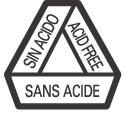 | Acid Free | Our papers are made with an acid free size. ‘Size’ is the ingredients we add to the pulp to create a sheet that is resistant to water. We control the amount of size used depending on the application of the paper. Traditionally papermakers used a size called Rosin and Allum, which is acidic. Adding acidic materials to paper damages its long-term health. Our paper is deliberately acid free to aid its archivability. |
 | Archival | We take a lot of time ensuring the papers are protected from aging, and to making them as archival as possible. Our cotton and pulps are tested prior to use, with only high-quality raw ingredients used. We add calcium carbonate to the papers to give them an alkaline pH, this gives an alkaline buffering for protection from future exposure by atmospheric acids (pollution). Any tints added to the sheets are with high quality pigments to make sure the paper’s colour is fade resistant. All our papers are rated 7 (Radiant White is 6) on the Blue Wool Scale and are considered fade resistant. All our papers are considered to be archival. |
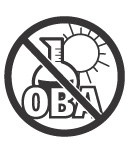 | No OBA | OBA stands for Optical Brightening Agents. All of our papers do not contain OBA (with the exception of Somerset Radiant White). OBAs are chemicals commonly added by papermakers (textiles and laundry detergents also contain them), to add a fluorescence to the paper that tricks your eyes into thinking it is very white. You will be surrounded by high OBA papers, as they are very common. The white of copier paper and everyday stationery all have that brilliant white fluorescence of a high OBA content. Unfortunately, OBAs have poor lightfastness, so this shade of ‘white’ isn’t suitable for artists who care about having a paper that won’t change colour over time. Somerset in the Radiant White shade does contain a very small amount of OBA. It just gives a lick of brightness to the paper and is still considered fade resistant. Having a paper without a high OBA content is essential for fade resistance. |
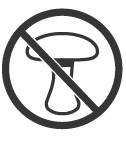 | Fungicidal treatment | We naturally add a treatment into our papers to discourage mould growth. This is to aid the long term life of our papers. |
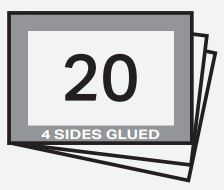 | Block with 20 sheets | A block is a glued on four sides. Working on a block allows the paper to dry flat after painting, removing the need to soak and stretch the paper to a board prior to painting. |
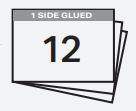 | Pad with 12 sheets | Pads are glued on just one edge. This version is glued on the long edge. |
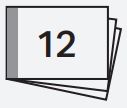 | Spiral with 12 sheets | This is a spiral, with a wire binding holding the paper together on the short edge. |
